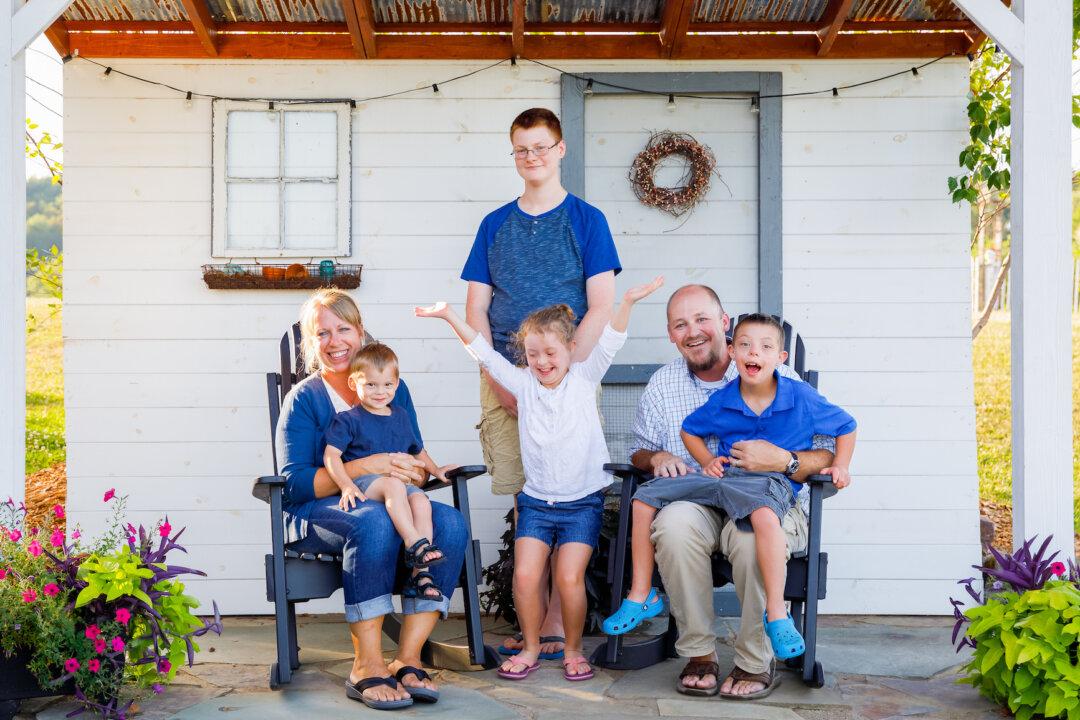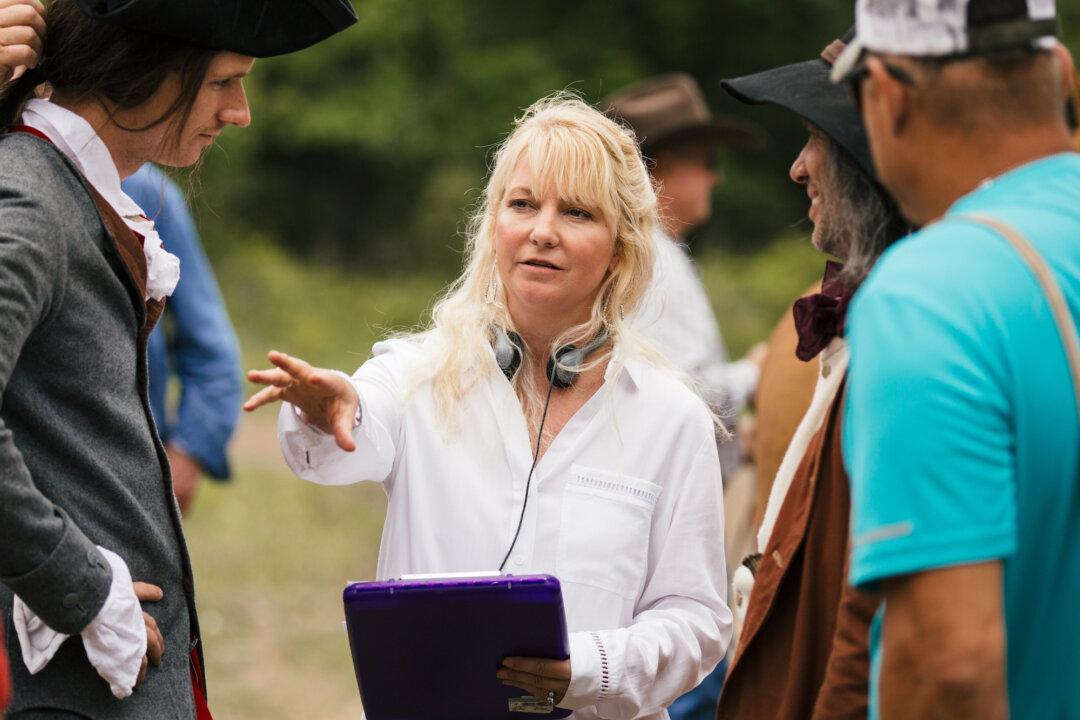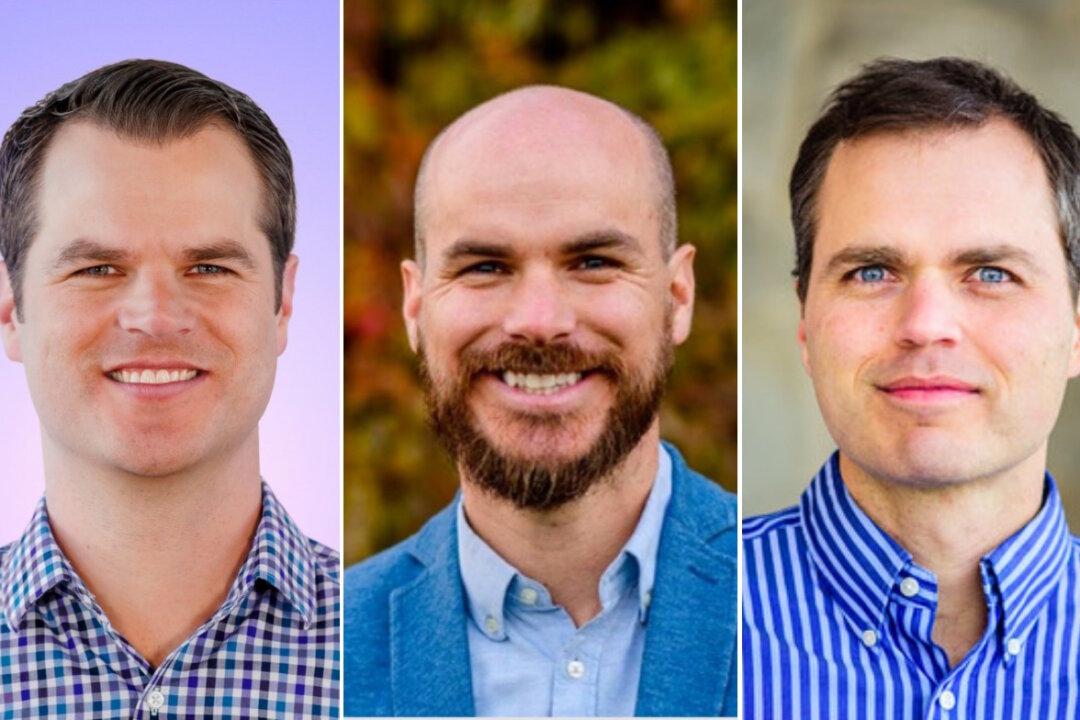When most people think of the Amish, the first thing that comes to mind is probably not a magazine. But Marlin Miller isn’t most people.
Marlin is the publisher of Plain Values, a magazine that brings good news, stories of inspiring people doing good, and opportunities to make a difference to more than 300,000 readers nationwide, many of them Amish. The magazine’s content is designed to appeal to the entire family and is carefully curated to support the Amish way of life distant from modern amenities.



